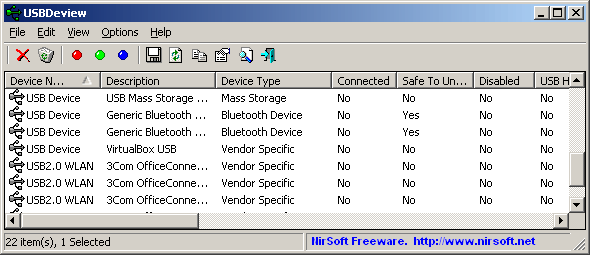8
4
I have several customers with different PCs (Windows XP, Windows Vista and Windows 7).
Unlike DOS 6.22, where you can permanently assign drive letter designations (e.g. Drive C: = Hard Disk Bootable Partition, Drive D: = CD Drive, or any additional partitions you want to create with FDISK, depending on which version of Windows you are running), if in Windows XP I connect a USB flash drive, it will assign it drive E:, in Windows Vista it will assign it drive F:.
In DOS 6.22, when you have LASTDRIVE=Z: in your CONFIG.SYS file, you can then statically assign permanent logical drive designations to any devices whether you connect them or not.
Why can't this be done in Windows? I have no way to create standardized backup PowerShell or batch file scripts!

Based on all the answers I've seen so far, there's no way to permanently reserve a logical drive letter for an external device in Windows!.. a flaw! – Frank R. – 2011-07-05T23:25:59.540
1The drive letter is stored in the windows registry, not on the device, windows looks at the device ID and checks the windows registry and assigns the drive letter based on that, if there is no pre assigned letter it will assign the first unused drive letter. so no way to do what you want from PC to PC other than assign the same drive letter for each device on each PC. It is always better to assign a letter farther down the alphabet, that way there are no collisions with drive letters already occupied on any given PC. – Moab – 2011-07-05T23:29:23.390
@Moab: I'll use your suggestion to assign an X: Y: or Z: although maybe I can devise a scheme to identify an attached device by volume label name. I think this is where Microsoft missed the boat with Windows!.. They used the same scheme used in DOS to identify devices whereas in UNIX everything, devices included, is a file in the filesystem, example: /dev/fd0 = diskette drive, /dev/hd0 = logical hard disk 0.. Now in Windows, we have floating (variable) logical devices besides all the other similarities with DOS, including security issues which have never been a problem with UNIX-bases systems! – Frank R. – 2011-07-05T23:51:56.350
Yup, Windows sucks, let us count the ways... – Moab – 2011-07-06T00:01:11.957